Home>Furniture>How To Identify A Falkenstein Lamp By Carl Falkenstein
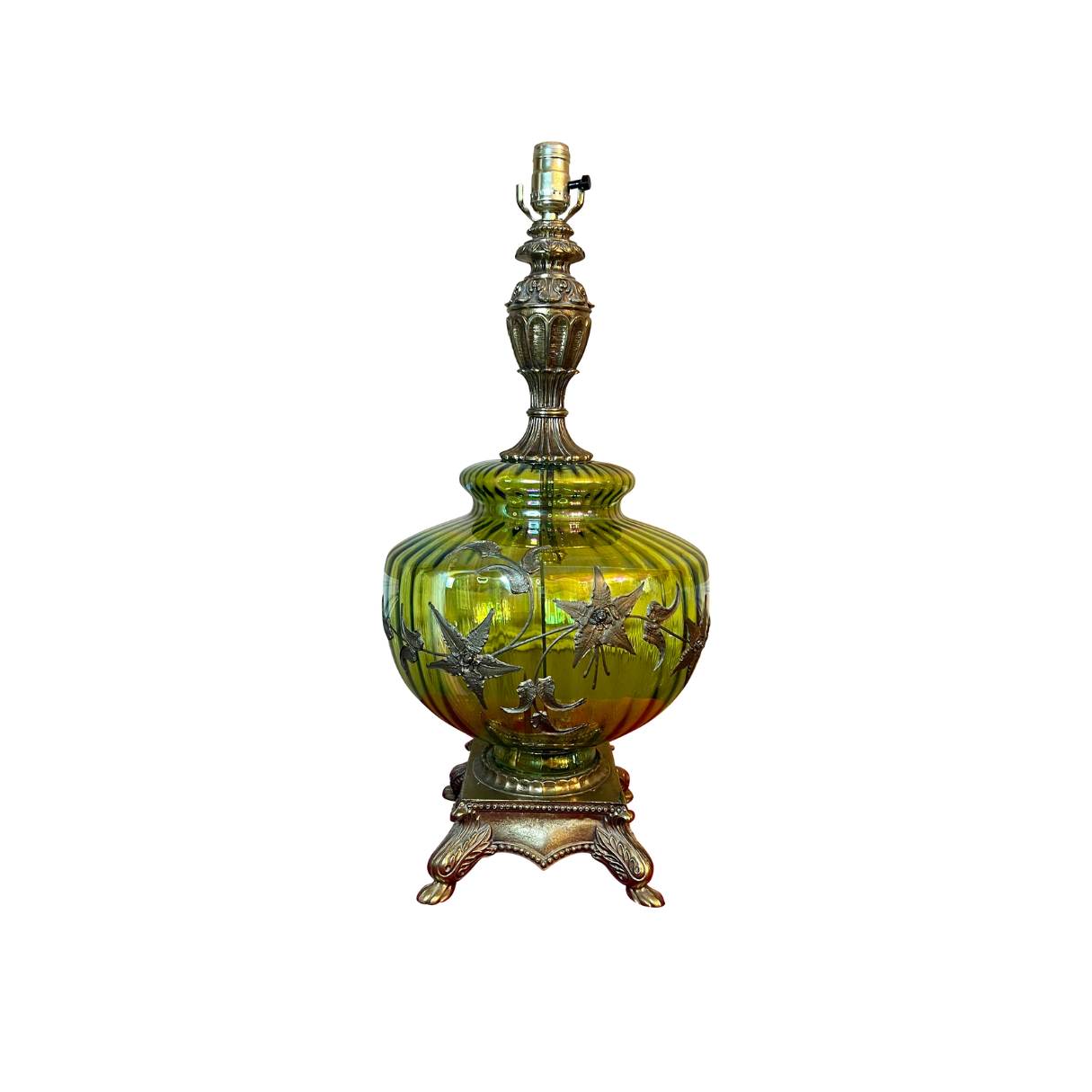

Furniture
How To Identify A Falkenstein Lamp By Carl Falkenstein
Modified: January 18, 2024
Learn how to identify a Falkenstein lamp by Carl Falkenstein with our comprehensive guide. Perfect for furniture enthusiasts and collectors.
(Many of the links in this article redirect to a specific reviewed product. Your purchase of these products through affiliate links helps to generate commission for Storables.com, at no extra cost. Learn more)
Introduction
Falkenstein lamps, crafted by the renowned designer Carl Falkenstein, are coveted pieces of furniture that add a touch of elegance and sophistication to any space. These iconic lamps have gained popularity among collectors and interior design enthusiasts due to their unique designs and exceptional craftsmanship.
In this article, we will delve into the fascinating world of Falkenstein lamps, exploring their history, the distinguishing characteristics that set them apart, and how to identify authentic pieces. Whether you have inherited a Falkenstein lamp or are considering adding one to your collection, this guide will provide you with valuable insights to make informed decisions and appreciate the beauty of these timeless creations.
Throughout his career, Carl Falkenstein established himself as a master craftsman and designer, renowned for his impeccable attention to detail and innovative approach to furniture design. Falkenstein lamps became synonymous with sophistication and luxury, showcasing his artistic vision and expertise.
The creation of each Falkenstein lamp involves a meticulous process that combines traditional techniques with contemporary design elements. From the selection of high-quality materials to the careful assembly and finishing touches, every step is infused with the passion and dedication of the artisans involved.
Falkenstein lamps are known for their distinctive style, which often incorporates ornate details, intricate metalwork, and elegant embellishments. The lamps are designed to seamlessly blend into various interior design styles, whether it be traditional, vintage, or modern, making them versatile and timeless pieces.
Understanding the characteristics of Falkenstein lamps is crucial when it comes to identifying and authenticating them. This includes examining the materials used, signature features, and markings that can provide valuable clues about their origin and craftsmanship.
In the upcoming sections of this article, we will delve deeper into these aspects, providing you with the knowledge and insights needed to identify a genuine Falkenstein lamp. By understanding the key components and details to look for, you will be able to distinguish an authentic piece from replicas or imitations, ensuring that you are investing in a valuable and iconic piece of furniture.
So, whether you are a dedicated collector, an interior design enthusiast, or simply someone who appreciates the beauty and craftsmanship of Falkenstein lamps, let us embark on this journey of discovery together, gaining a deeper understanding and appreciation for these exceptional works of art.
Key Takeaways:
- Falkenstein lamps, designed by Carl Falkenstein, are timeless works of art known for their exquisite craftsmanship, ornate details, and use of high-quality materials, making them coveted pieces for collectors and interior design enthusiasts.
- Authenticating Falkenstein lamps requires a comprehensive approach, including research, expert opinions, and attention to craftsmanship and materials. Trusting instincts and seeking professional guidance are crucial in identifying genuine pieces.
Read more: How To Identify A Stiffel Lamp
History of Falkenstein Lamps
The history of Falkenstein lamps can be traced back to the mid-20th century when Carl Falkenstein established himself as a prominent designer and craftsman. Born with a natural talent for furniture design, Falkenstein honed his skills over the years, ultimately becoming known for his exceptional creations, with lamps being one of his specialties.
Falkenstein lamps gained popularity during the post-World War II era, where the demand for stylish and sophisticated lighting fixtures surged. Their unique design, attention to detail, and superior craftsmanship quickly captured the attention of collectors and interior designers alike.
One of the key aspects that contributed to the success of Falkenstein lamps was Carl Falkenstein’s innovative approach to design. He seamlessly blended traditional techniques with contemporary elements, creating pieces that appealed to a wide range of tastes and design aesthetics. Whether it was a sleek and modern lamp or an ornate and vintage-inspired piece, Falkenstein had a knack for capturing the essence of each style.
The popularity of Falkenstein lamps continued to grow, and they became sought-after pieces in affluent households and exclusive design circles. Their presence in high-end hotels, luxury resorts, and elegant residences solidified their reputation as a symbol of luxury and refinement.
Falkenstein lamps are known for their exceptional craftsmanship, where each piece is carefully constructed by skilled artisans. The attention to detail is evident in the intricate metalwork, delicate carving, and luxurious finishes that adorn these lamps. From the selection of high-quality materials to the final touches, Falkenstein lamps are a testament to Carl Falkenstein’s commitment to creating timeless and exceptional furniture pieces.
Over the years, Falkenstein lamps have become collector’s items, with antique and vintage pieces commanding high prices in auctions and specialized markets. Their rarity, coupled with their historical significance and unique designs, contributes to their value and desirability.
The legacy of Carl Falkenstein and his lamps continues to flourish, with his creations being appreciated for their timeless beauty and exquisite craftsmanship. Today, Falkenstein lamps remain highly sought-after by collectors, interior designers, and individuals looking to add a touch of elegance to their spaces.
As you embark on a journey to explore and appreciate Falkenstein lamps, keep in mind the rich history and the remarkable talent that went into their creation. These lamps are not just functional lighting fixtures; they are works of art, designed to inspire and enchant.
Characteristics of Falkenstein Lamps
Falkenstein lamps are renowned for their unique characteristics, which set them apart as exceptional pieces of furniture. Understanding these distinguishing features is essential in identifying authentic Falkenstein lamps and appreciating their timeless beauty. Let’s delve into some of the key characteristics that define these remarkable creations.
1. Design Excellence: Falkenstein lamps boast exquisite designs that seamlessly blend traditional elements with contemporary aesthetics. From sleek and minimalist designs to elaborate and ornate styles, Falkenstein lamps cover a wide range of design spectrums, ensuring that there is something to suit every taste and interior décor.
2. Superior Craftsmanship: Each Falkenstein lamp is a masterpiece of craftsmanship. Skilled artisans meticulously handcraft each component, paying attention to even the smallest details. From the delicate metalwork to the hand-carved embellishments, the craftsmanship is evident in every aspect of the lamp’s construction.
3. High-Quality Materials: Falkenstein lamps are crafted using the finest materials available. From the sturdy base to the delicate shade, every element is carefully chosen to ensure durability and longevity. Common materials used in Falkenstein lamps include brass, bronze, glass, and crystal, adding a touch of luxury to these exquisite creations.
4. Unique Shapes and Silhouettes: Falkenstein lamps exhibit a wide array of shapes and silhouettes, ranging from traditional forms to more unconventional designs. Whether it’s a sleek column base or a sculptural figure, the lamps captivate with their distinctive shapes and inventive compositions.
5. Ornate Details and Embellishments: Falkenstein lamps often feature intricate details and decorative embellishments that enhance their visual appeal. These details can include hand-carved motifs, filigree patterns, or engraved designs. These ornate features add depth and personality to the lamps, making them true works of art.
6. Luxurious Finishes: Falkenstein lamps are known for their luxurious finishes, which elevate their aesthetic appeal. Finishes can range from polished brass or bronze to patinated surfaces that create an antique or vintage look. These finishes not only enhance the lamps’ visual appeal but also contribute to their durability.
7. Versatility: Falkenstein lamps are inherently versatile, making them suitable for a variety of interior design styles. Whether it’s a modern, contemporary setting or a more traditional and ornate space, Falkenstein lamps effortlessly blend in, adding a touch of elegance and sophistication.
8. Timeless Appeal: Falkenstein lamps transcend trends and time, remaining relevant and desirable for generations. Their classic designs and impeccable craftsmanship ensure that they endure as timeless pieces that can be passed down through the years, becoming cherished heirlooms.
By familiarizing yourself with these key characteristics, you will be better equipped to identify a genuine Falkenstein lamp and appreciate the exceptional craftsmanship and design behind these remarkable pieces. From their unique shapes and luxurious finishes to their exquisite details and use of high-quality materials, Falkenstein lamps are a testament to the enduring beauty of fine furniture.
Materials Used in Falkenstein Lamps
Falkenstein lamps are renowned for their exceptional craftsmanship and attention to detail, which is reflected in the high-quality materials used in their construction. The choice of materials plays a crucial role in the lamps’ durability, aesthetic appeal, and overall value. Let’s explore some of the common materials used in Falkenstein lamps.
1. Brass: Brass is one of the primary materials used in Falkenstein lamps. Its warm, golden hue adds a touch of elegance and sophistication to the lamp’s design, while its durability ensures longevity. Brass is often used for lamp bases, providing a sturdy foundation for the lamp.
2. Bronze: Bronze is another popular material used in Falkenstein lamps. It is known for its rich, earthy tones and its ability to be molded into intricate shapes. Bronze adds a sense of opulence and timelessness to the lamps while exuding a vintage or antique charm.
3. Glass: Glass is a versatile material commonly featured in Falkenstein lamps. It is used for lamp shades, providing a translucent surface that diffuses light beautifully. Glass shades can come in various styles, including frosted, colored, or etched, adding a touch of visual interest to the lamps.
4. Crystal: Falkenstein lamps often incorporate crystal elements, such as crystal accents or pendants. Crystal brings a luxurious and glamorous feel to the lamps, reflecting light in a dazzling manner. The addition of crystal enhances the overall aesthetic appeal and adds a touch of elegance.
5. Silk: The lampshades of Falkenstein lamps are often crafted from luxurious silk fabric. Silk offers a soft and lustrous appearance, enhancing the lamp’s overall elegance. The choice of silk adds a sense of refinement and sophistication to the lamp, complementing the intricate details and craftsmanship.
6. Wood: While not as commonly used as other materials, wood can be seen in some Falkenstein lamp designs, particularly in the base or accents. Wood adds warmth and a natural element to the lamps, creating a pleasing contrast to metal or glass components.
7. Other Materials: Falkenstein lamps may also incorporate other materials such as porcelain, marble, or even precious stones like amethyst or jade as decorative accents. These unique additions make each lamp a one-of-a-kind piece, showcasing the exquisite craftsmanship and attention to detail.
The combination of these materials creates a harmonious balance between elegance, durability, and visual appeal in Falkenstein lamps. Whether it’s the richness of brass, the opulence of crystal, or the sophistication of silk, the materials used contribute to the lamps’ overall beauty and desirability.
By understanding the materials used in Falkenstein lamps, you can better appreciate the craftsmanship involved in their creation. Whether you’re a collector, interior designer, or simply an admirer of fine furniture, these materials play a significant role in the enduring allure and artistic value of Falkenstein lamps.
Signature Features of Falkenstein Lamps
Falkenstein lamps are renowned for their distinctive design elements and unique features that set them apart from other lighting fixtures. These signature details not only enhance the lamps’ aesthetics but also serve as indicators of their authenticity. Let’s explore some of the signature features commonly found in Falkenstein lamps.
1. Intricate Metalwork: Falkenstein lamps often showcase intricate metalwork, crafted with meticulous attention to detail. From delicate filigree patterns to elaborate scrollwork, the metalwork adds a touch of elegance and sophistication to the lamps. These intricate designs are typically seen on the lamp’s base or as decorative accents.
2. Hand-Carved Embellishments: Another standout feature of Falkenstein lamps is the presence of hand-carved embellishments. Skilled artisans meticulously carve intricate motifs or designs into the lamp’s base or other components, adding a layer of artistry and craftsmanship. These carved details can range from floral patterns to intricate geometric shapes, showcasing the exquisite skill of the craftsmen.
3. Ornate Finials: Falkenstein lamps often feature ornate finials, which add a decorative element to the top of the lamp. These finials can come in various shapes and designs, such as acorns, floral motifs, or sculptural figures. They serve as a visually appealing detail that completes the overall look of the lamp.
4. Delicate Shade Designs: Falkenstein lamps are known for their exquisite shade designs. Whether it’s a pleated silk shade or a finely etched glass shade, the attention to detail is evident. Falkenstein lamps often feature shades with intricate patterns, textures, or hand-painted designs. These unique shade designs add an extra layer of visual interest and enhance the lamp’s overall aesthetic appeal.
5. Signature Markings: Falkenstein lamps may bear the signature markings of the designer, Carl Falkenstein. These markings can be found engraved or imprinted on the lamp’s base or other visible parts. The presence of these markings is a strong indicator of an authentic Falkenstein lamp.
6. Customization Options: Falkenstein lamps are often customizable, allowing buyers to select specific finishes, materials, or shade designs to suit their preferences. This level of customization ensures that each Falkenstein lamp is a unique piece, tailored to the buyer’s taste and style.
7. Attention to Proportions: Falkenstein lamps exhibit a meticulous attention to proportions, ensuring that each component is harmoniously balanced. The base, body, and shade are carefully considered to create a visually pleasing and well-proportioned lamp.
Recognizing these signature features of Falkenstein lamps is crucial when identifying authentic pieces. The intricate metalwork, hand-carved embellishments, ornate finials, unique shade designs, and signature markings all contribute to the lamps’ overall beauty and craftsmanship. By understanding these distinctive features, you can confidently identify and appreciate the exceptional artistry behind Falkenstein lamps.
Look for the signature “Falkenstein” on the lamp base or shade to identify a genuine Falkenstein lamp by Carl Falkenstein.
Read more: How To Identify The Hot Wire On A Lamp Cord
Examining the Base
When identifying and assessing the authenticity of a Falkenstein lamp, examining the base is a crucial step. The base of a Falkenstein lamp can provide valuable clues about its origin, craftsmanship, and overall quality. Let’s explore some key aspects to consider when examining the base of a Falkenstein lamp.
1. Materials Used: Take note of the materials used in the base construction. Falkenstein lamps commonly feature bases made of brass or bronze, known for their durability and luxurious appearance. Look for high-quality craftsmanship and a seamless finish in the metalwork.
2. Design Elements: Pay attention to the design elements present in the base. Falkenstein lamps often feature ornate details, such as intricate metalwork, hand-carved accents, or decorative motifs. These design elements should showcase meticulous craftsmanship, with well-defined lines and precise detailing.
3. Stability and Weight: Assess the stability and weight of the lamp base. Falkenstein lamps are known for their solid construction, with a sturdy base that provides stability. The lamp should have a substantial weight to it, indicating the use of quality materials and craftsmanship.
4. Proportions: Consider the proportions of the lamp base. Falkenstein lamps typically have well-balanced proportions, with the base complementing the overall design of the lamp. Ensure that the size and shape of the base harmonize with the lamp’s body and shade, creating a visually pleasing composition.
5. Finish and Patina: Examine the finish and patina of the base. Falkenstein lamps often feature finishes like polished brass or bronze, or patinated surfaces that create an aged or antique appearance. The finish should be consistent, showing signs of careful application and a rich, lustrous appearance.
6. Signature Markings: Look for any signature markings or engravings on the base. Authentic Falkenstein lamps may bear the signature of Carl Falkenstein, the renowned designer. These markings can be found imprinted or engraved on the base and are a strong indicator of an authentic piece.
7. Versatility: Consider the base’s versatility in terms of design and compatibility. Falkenstein lamps are known for their ability to seamlessly blend into various interior design styles. Ensure that the base’s design and finish fit well within your desired aesthetic and that it complements the lamp’s overall appeal.
Remember, the base of a Falkenstein lamp is more than just a support structure. It showcases the skill and artistry of the craftsmen involved in its creation. By carefully examining the base, considering the materials, design elements, stability, proportions, finish, and any signature markings, you can gain valuable insights into the authenticity and quality of a Falkenstein lamp.
Analyzing the Shade
Examining the shade of a Falkenstein lamp is a crucial step in identifying its authenticity and assessing its overall quality. The shade not only affects the lamp’s visual appeal but also plays a significant role in the distribution of light. Let’s explore some key aspects to consider when analyzing the shade of a Falkenstein lamp.
1. Material: Falkenstein lamps feature shades made from various materials, including silk, glass, or other fabrics. A genuine Falkenstein lamp shade will exhibit high-quality materials that are well-crafted and durable. For example, a silk shade should have a luxurious feel, with a smooth texture and even pleating.
2. Design and Detailing: Falkenstein lamp shades often feature unique designs and decorative details. Pay attention to the design elements such as hand-painted motifs, intricate embroidery, or etched glass. The detailing should be precise and well-executed, showcasing the skill of the artisans involved.
3. Transparency and Light Diffusion: Consider the transparency and light diffusion properties of the shade. Falkenstein lamp shades are carefully designed to create a pleasant and diffused glow when illuminated. The shade should allow a soft and warm light to shine through, without overwhelming or dulling the overall effect.
4. Shape and Proportions: Assess the shape and proportions of the shade in relation to the lamp base. Falkenstein lamps often have shades that complement the lamp’s overall design and proportions. The shape should be well-balanced and in harmony with the lamp’s body, creating a visually appealing composition.
5. Size and Fit: Consider the size and fit of the shade on the lamp base. Falkenstein lamps typically have shades that are proportionate to their bases. The shade should fit securely and firmly, without any visible gaps or wobbling. A properly fitted shade demonstrates attention to detail and quality craftsmanship.
6. Customization Options: Falkenstein lamps may offer customization options for shades, allowing buyers to select specific fabrics, colors, or patterns. Authentic Falkenstein lamp shades will have a carefully chosen combination of materials, colors, and design elements that elevate the lamp’s overall aesthetic appeal.
7. Cleanliness and Condition: Examine the cleanliness and condition of the shade. A well-maintained shade, free of stains, tears, or discoloration, indicates proper care and can be a sign of an authentic Falkenstein lamp that has been preserved throughout the years.
By carefully analyzing the shade of a Falkenstein lamp, considering the materials, design and detailing, transparency and light diffusion properties, shape and proportions, size and fit, customization options, and cleanliness and condition, you can gain insights into the lamp’s authenticity and craftsmanship. The shade plays an integral role in the lamp’s overall aesthetic and functionality, and by paying attention to its characteristics, you can appreciate the exceptional beauty of a Falkenstein lamp.
Identifying the Markings
When authenticating a Falkenstein lamp, one important aspect to consider is the presence of markings. These markings can provide valuable clues about the lamp’s origin, authenticity, and even the designer behind it. Let’s explore some key points to keep in mind when identifying markings on a Falkenstein lamp.
1. Signature of Carl Falkenstein: Look for the signature of Carl Falkenstein, the renowned designer and craftsman behind Falkenstein lamps. His signature may be imprinted, engraved, or embossed on the lamp’s base or other visible parts. Carefully examine the markings to ensure they match Carl Falkenstein’s known signatures.
2. Location of Markings: Falkenstein lamp markings could be located in various places on the lamp. Common areas include the bottom of the base, the top surface, or the inside rim of the base. Carefully inspect these areas for any engraved or imprinted markings that indicate the lamp’s origin or designer.
3. Legibility and Precision: Pay attention to the legibility and precision of the markings. Genuine Falkenstein lamp markings should be clear, well-defined, and consistent. The engravings or imprints should exhibit a high level of craftsmanship, indicating the attention to detail characteristic of Falkenstein lamps.
4. Quality of Embossing or Engraving: Examine the quality of the embossing or engraving used for the markings. Falkenstein lamps are known for their exceptional craftsmanship, and this level of precision should be reflected in the markings. The lines should be sharp, the depth consistent, and the overall execution of the engraving or embossing should be of superior quality.
5. Brand Labels or Tags: Look for any brand labels or tags that may be attached to the lamp. Falkenstein lamps may have brass or metal tags bearing the brand name or logo. These tags often provide additional information about the lamp’s authenticity and can serve as a proof of its origin.
6. Serial Numbers or Production Codes: Some Falkenstein lamps may have serial numbers or production codes etched or stamped into the base. These codes can provide useful information about the lamp’s production date, batch, or specific model. Compare these codes to known Falkenstein lamp catalogues or records for verification.
Remember to use caution when examining markings, as some imitations or replicas may bear forged or misleading markings. If uncertain, consult reputable antique dealers, experts, or Falkenstein lamp enthusiasts who can provide further guidance and authenticate the markings.
Identifying and understanding the markings on a Falkenstein lamp is an integral part of determining its authenticity and value. The presence of a genuine signature, precise engraving or embossing, accurate location of markings, and the overall quality of the markings can help establish the lamp’s credibility as an authentic Falkenstein piece.
Tips for Authenticating Falkenstein Lamps
Authenticating a Falkenstein lamp requires a keen eye and a comprehensive understanding of the lamp’s unique characteristics. While examining specific elements such as the base, shade, and markings is crucial, there are additional tips and techniques that can help confirm the authenticity of a Falkenstein lamp. Here are some valuable tips for authenticating Falkenstein lamps:
1. Research and Documentation: Conduct thorough research on Falkenstein lamps, including studying catalogs, reference books, and online resources. Familiarize yourself with the different styles, designs, and signature features of Falkenstein lamps. Acquiring documentation or provenance, such as receipts, certificates of authenticity, or historical records, can also support the lamp’s authenticity.
2. Study Genuine Examples: Examine authenticated Falkenstein lamps whenever possible. Study the craftsmanship, materials, design elements, and other distinctive features that are commonly found in genuine Falkenstein lamps. This firsthand experience will enhance your ability to identify and differentiate authentic pieces from replicas or imitations.
3. Seek Expert Opinions: Consult experts, collectors, and reputable antique dealers who specialize in Falkenstein lamps. Their knowledge and expertise can provide valuable insights and assist in authenticating your lamp. Sharing detailed photographs and information about your lamp with experts can help validate its authenticity.
4. Verify Signatures and Markings: Carefully inspect any signatures, engravings, or imprints on the lamp’s base or other visible parts. Compare them with known and documented Falkenstein signatures and markings. Look for consistency, precision, and other identifying characteristics. Seek professional assistance if you are unsure about the authenticity of the signatures or markings.
5. Examine Materials and Craftsmanship: Pay close attention to the quality of materials used in the lamp’s construction. Falkenstein lamps are known for their use of high-quality materials such as brass, bronze, crystal, and silk. Evaluate the craftsmanship, looking for fine details, intricate metalwork, and precise carving. Inferior materials or subpar craftsmanship may indicate a reproduction.
6. Assess Age and Condition: Consider the age and condition of the lamp. Genuine Falkenstein lamps often show signs of aging that are characteristic of the era in which they were created. Look for patina, wear patterns, and appropriate signs of use and age. Reproductions may lack these authentic signs of aging or exhibit inconsistent wear.
7. Compare Against Reliable Sources: Compare the lamp against reliable sources, such as reputable auction houses, antique shops, or museum collections, that have expertise in Falkenstein lamps. Cross-referencing your lamp’s characteristics, such as design, materials, and markings, with credible examples can aid in the authentication process.
8. Trust Your Instincts: Trust your instincts and intuition when assessing the authenticity of a Falkenstein lamp. If something feels off or doesn’t align with your research and knowledge, it’s worth further investigation or seeking expert opinions to confirm or debunk any doubts.
Remember that authenticating Falkenstein lamps requires a combination of knowledge, research, and expert guidance. It is essential to approach the process with care, attention to detail, and a willingness to seek professional opinions to ensure the accuracy of your assessment. Authentic Falkenstein lamps are cherished works of art and investing the time and effort to authenticate them correctly will undoubtedly enhance your appreciation for these exceptional pieces.
Read more: How To Identify Glassware
Conclusion
In conclusion, Falkenstein lamps are timeless works of art that exemplify exceptional craftsmanship, exquisite design, and a legacy of elegance. These lamps, created by renowned designer Carl Falkenstein, have captivated collectors and interior design enthusiasts for decades. By understanding the history, characteristics, materials, signature features, and authentication tips of Falkenstein lamps, you can appreciate their beauty and make informed decisions when acquiring or valuing these remarkable pieces.
The history of Falkenstein lamps traces back to the mid-20th century when Carl Falkenstein established himself as a master craftsman and designer. His innovative approach to melding traditional techniques with contemporary elements resulted in lamps that showcased his artistic vision and expertise. Falkenstein lamps quickly gained popularity due to their unique designs, superior craftsmanship, and luxurious finishes.
Characterized by their exceptional design and attention to detail, Falkenstein lamps exhibit distinct features that make them stand out. From intricate metalwork and hand-carved embellishments to ornate finials and unique shade designs, these lamps ooze elegance and sophistication. Falkenstein lamps are crafted using high-quality materials such as brass, bronze, crystal, and silk, ensuring their durability and timeless appeal.
While examining the base, shade, and markings are essential steps in authenticating a Falkenstein lamp, a comprehensive approach is crucial. Researching and familiarizing yourself with Falkenstein lamp characteristics, seeking expert opinions, and comparing against reliable sources are valuable methods to ensure the authenticity of a lamp. Trusting your instincts and paying close attention to craftsmanship, materials, and detailing can enhance your ability to identify authentic Falkenstein lamps.
Falkenstein lamps continue to be highly sought after and cherished by collectors, interior designers, and individuals seeking to add a touch of elegance to their spaces. Their enduring beauty and craftsmanship make them not only functional lighting fixtures but also artful creations that enhance any environment.
In conclusion, Falkenstein lamps are exceptional pieces of furniture that showcase the timeless beauty of fine craftsmanship and design. With an understanding of their history, characteristics, materials, signature features, and authentication tips, you can confidently appreciate and authenticate these extraordinary lamps, allowing you to enjoy their beauty and make informed choices when acquiring them.
Frequently Asked Questions about How To Identify A Falkenstein Lamp By Carl Falkenstein
Was this page helpful?
At Storables.com, we guarantee accurate and reliable information. Our content, validated by Expert Board Contributors, is crafted following stringent Editorial Policies. We're committed to providing you with well-researched, expert-backed insights for all your informational needs.
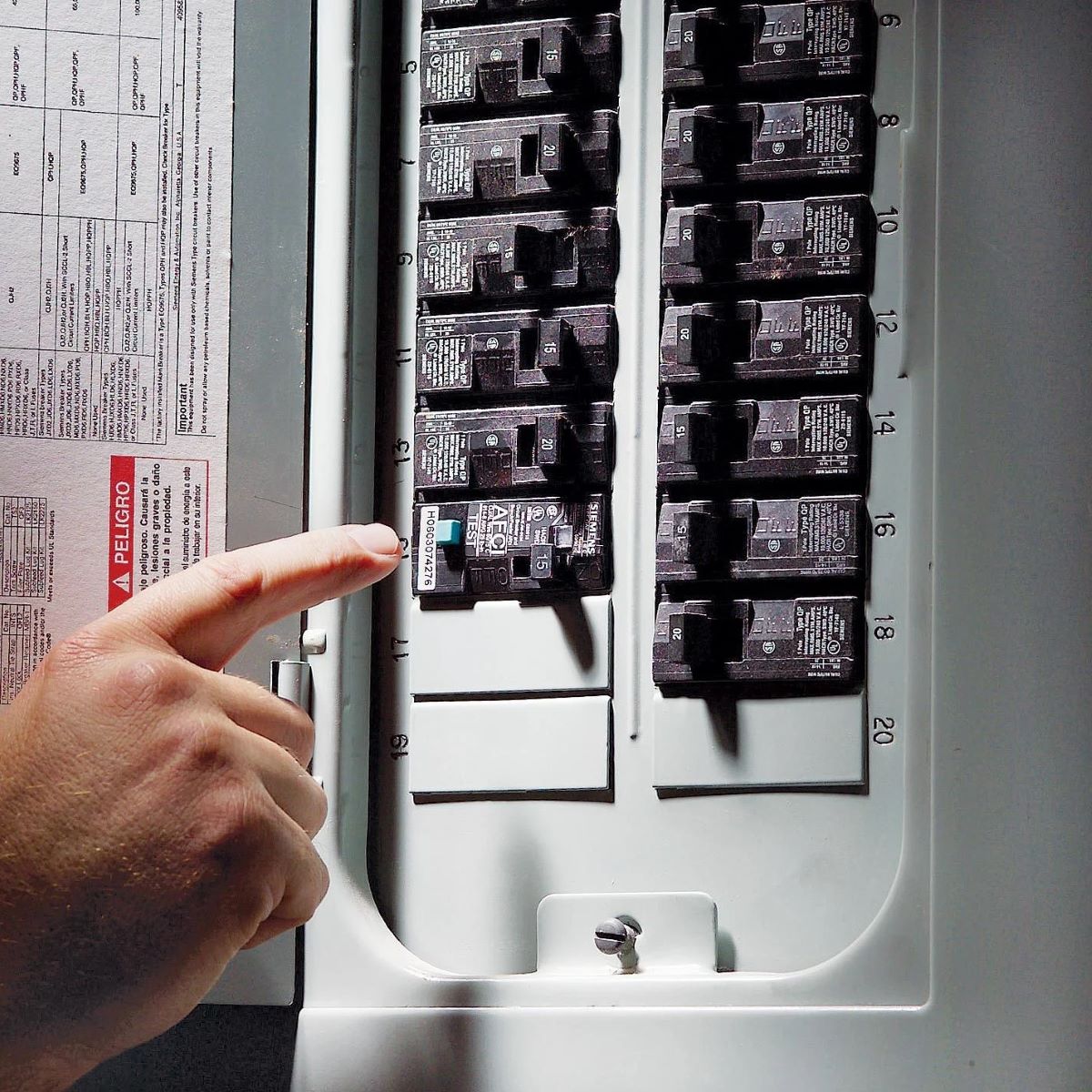
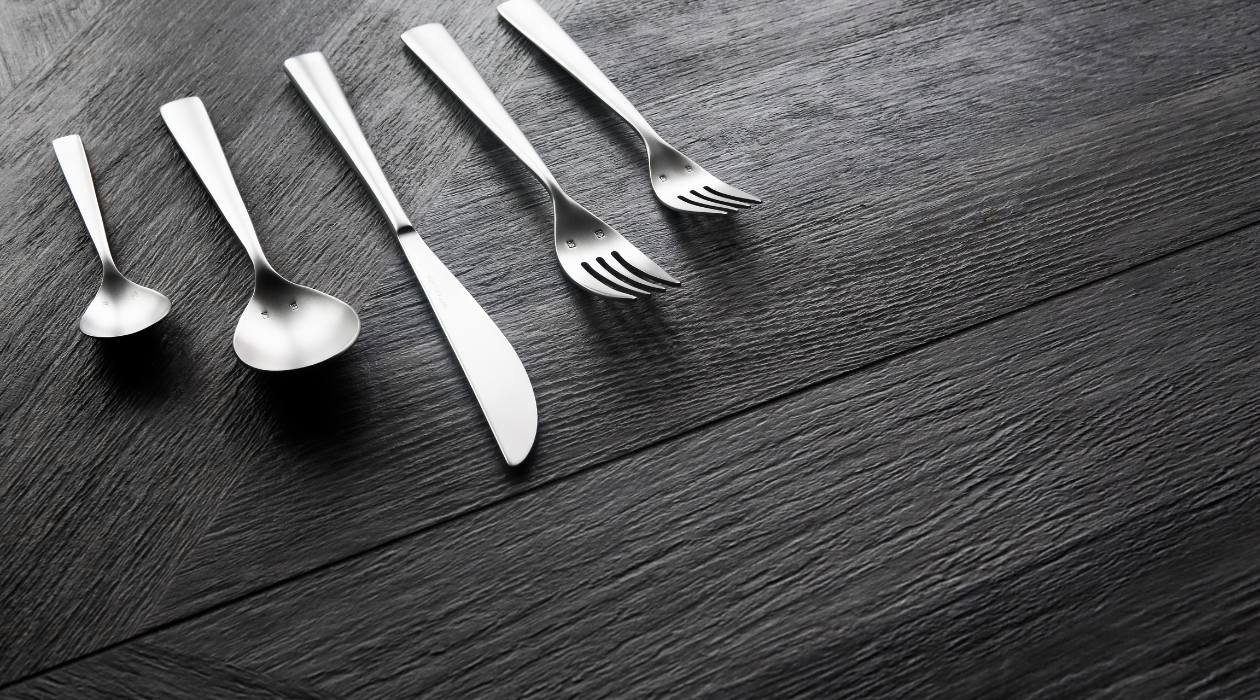

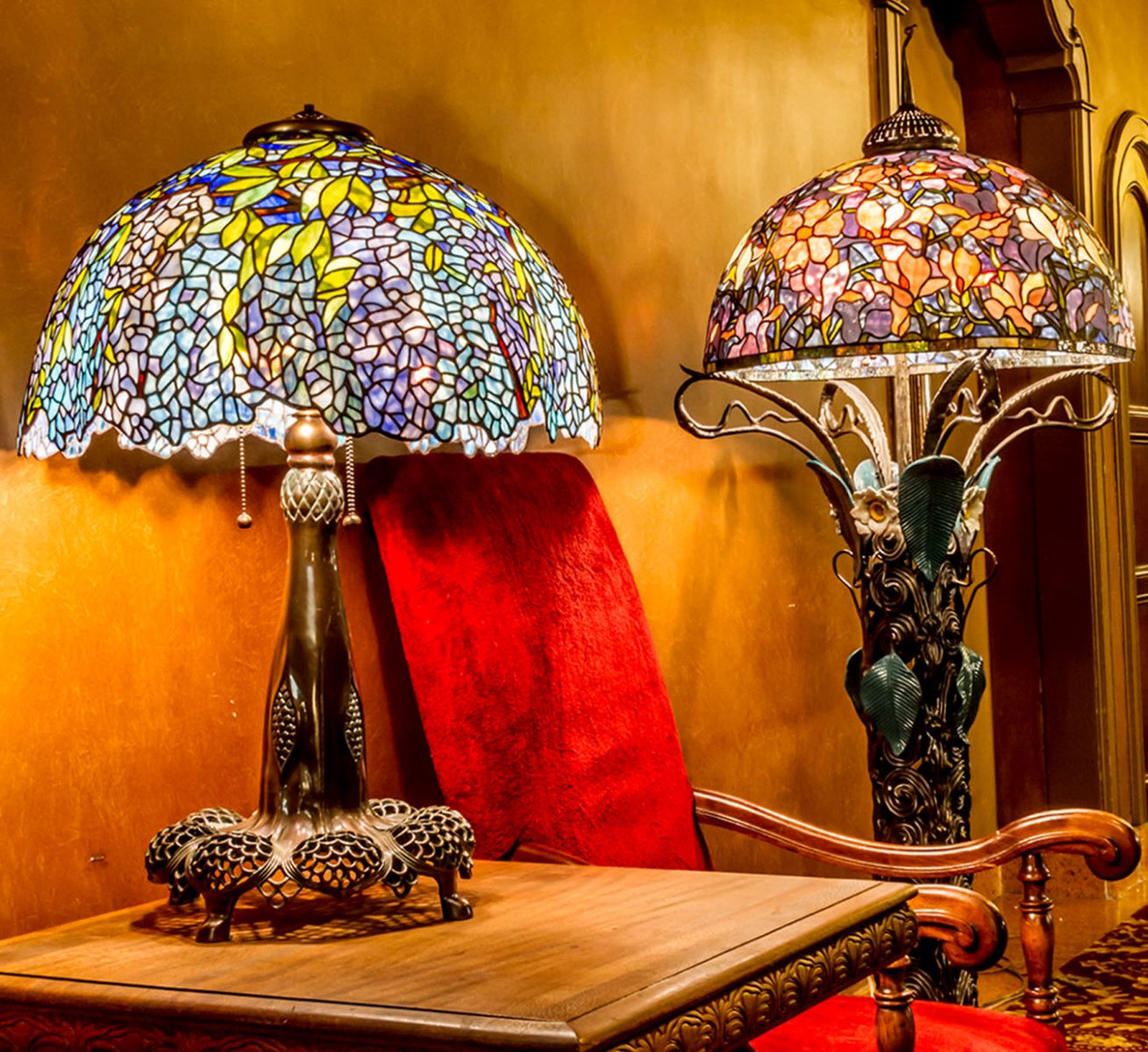
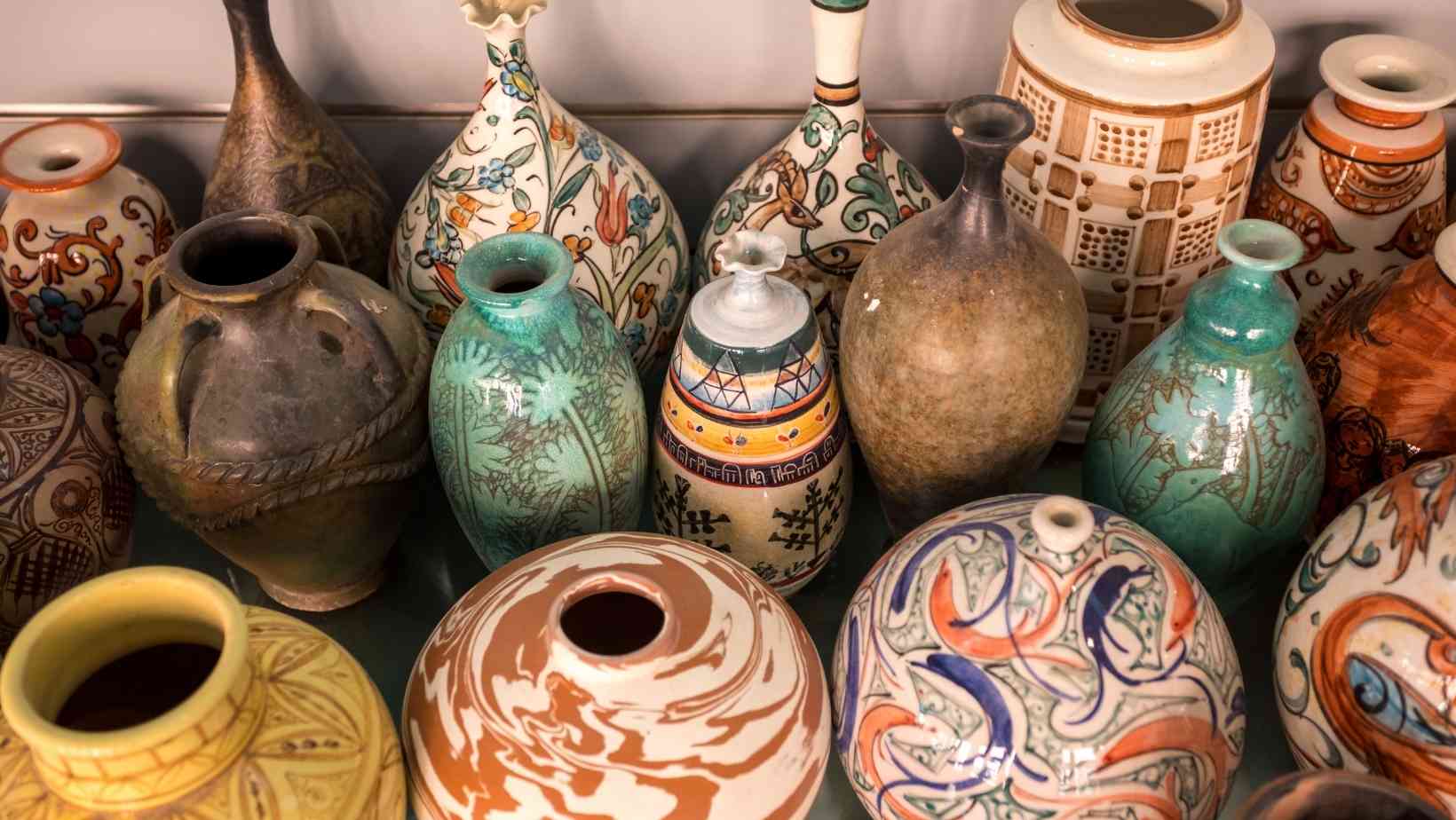
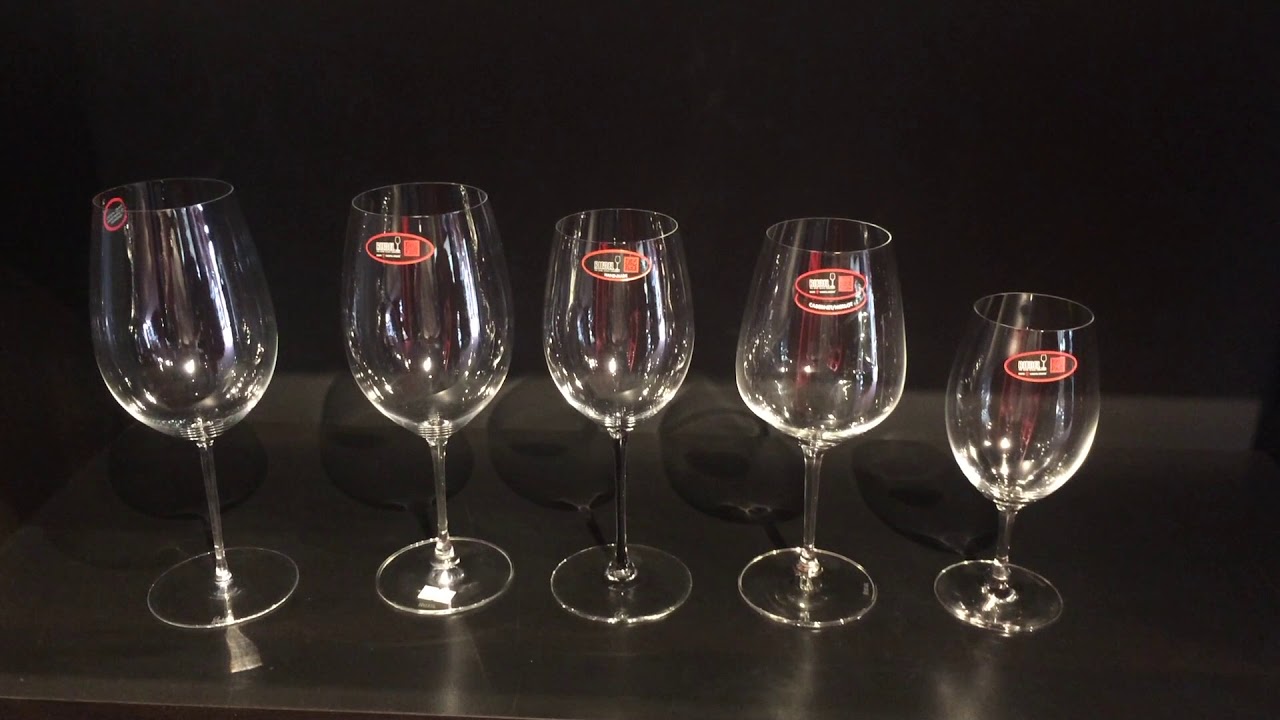
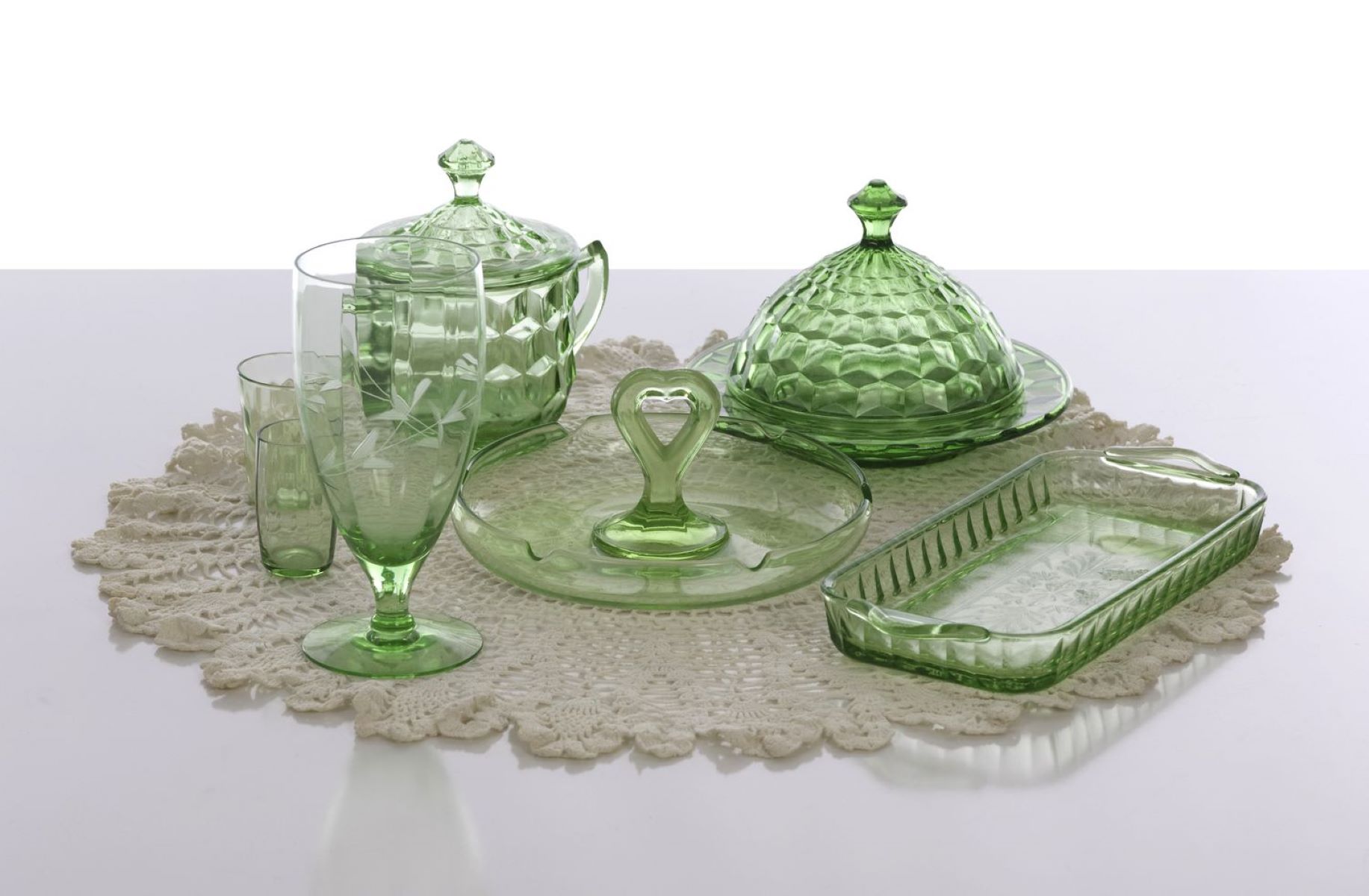
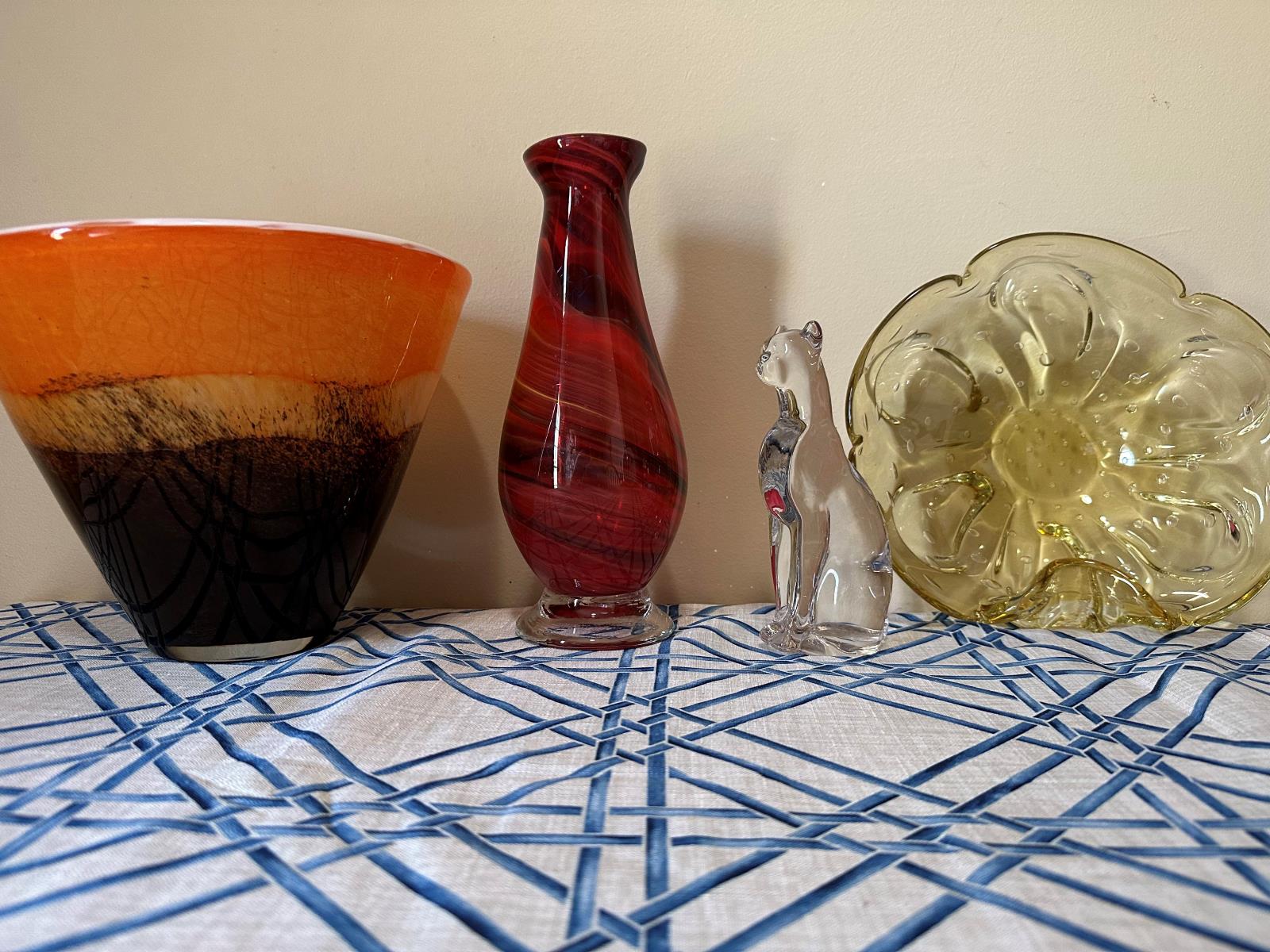
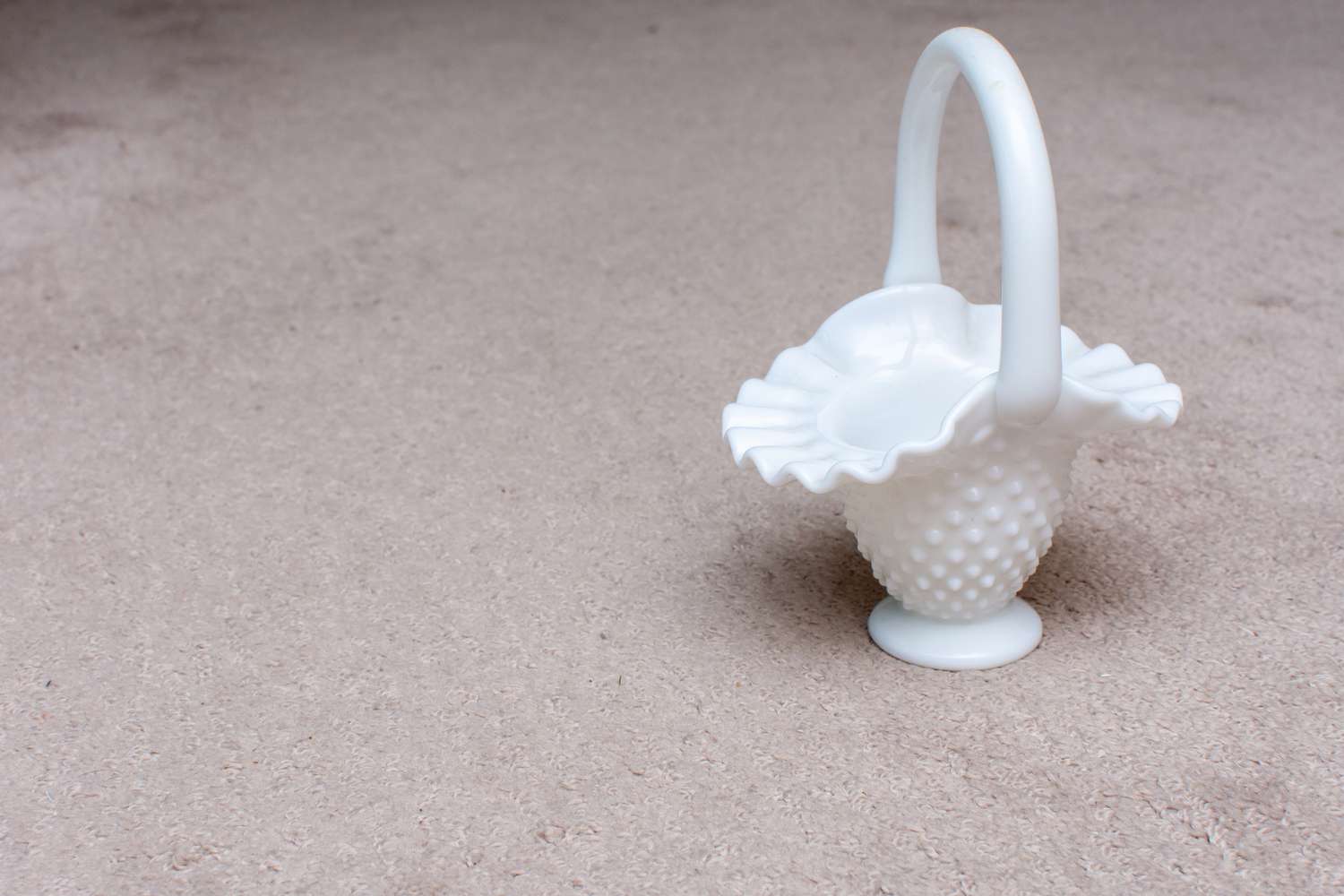
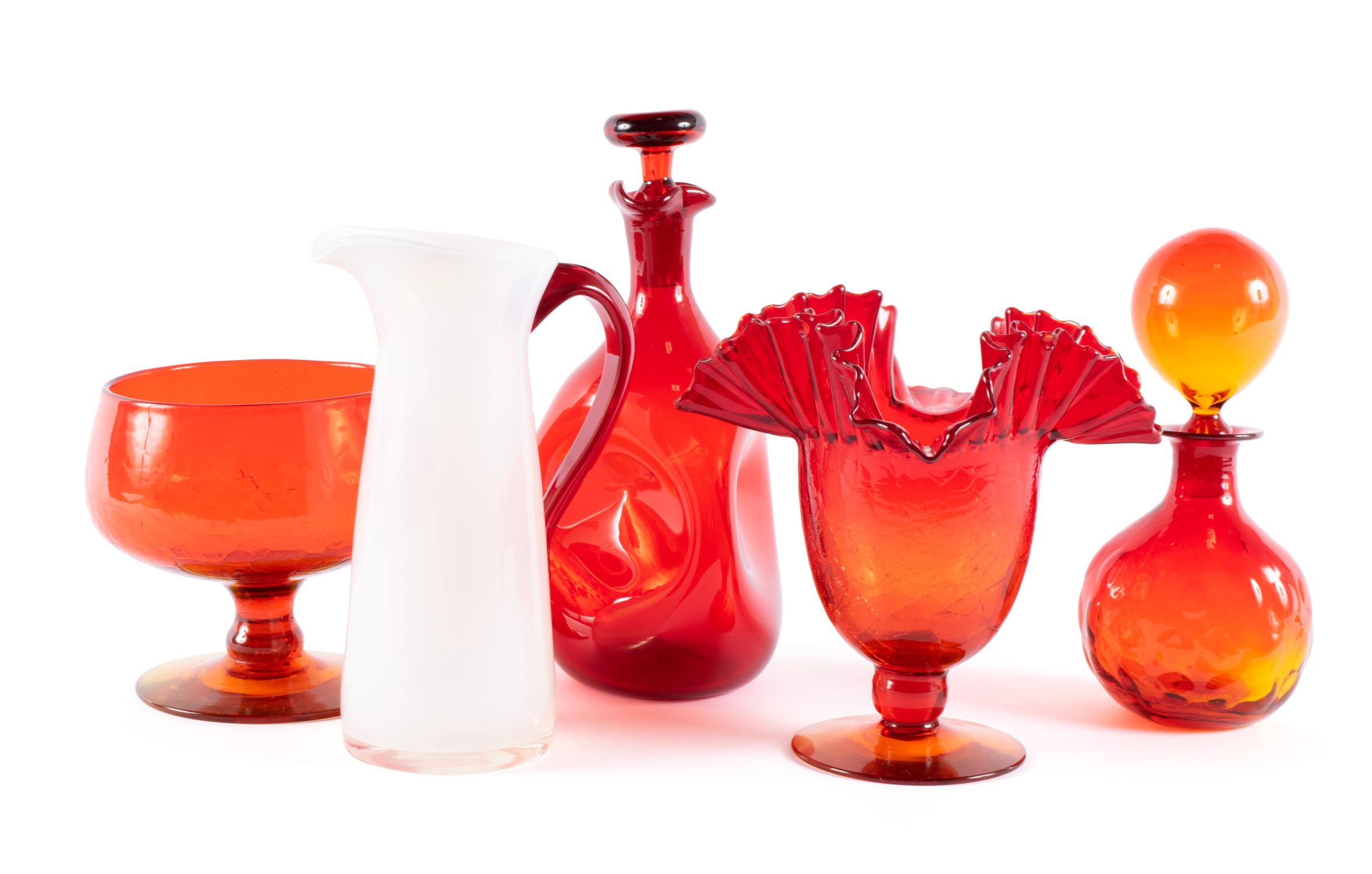

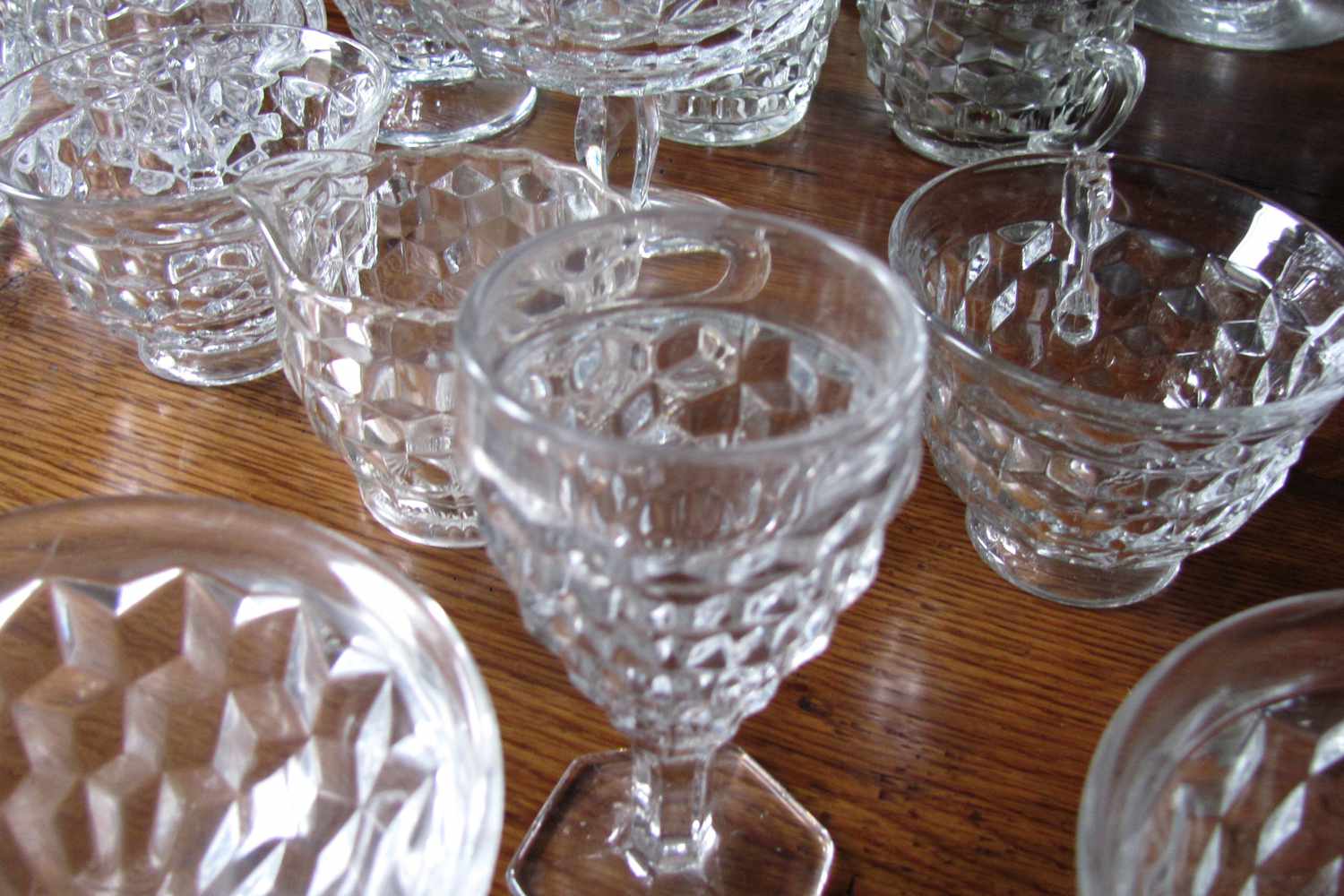
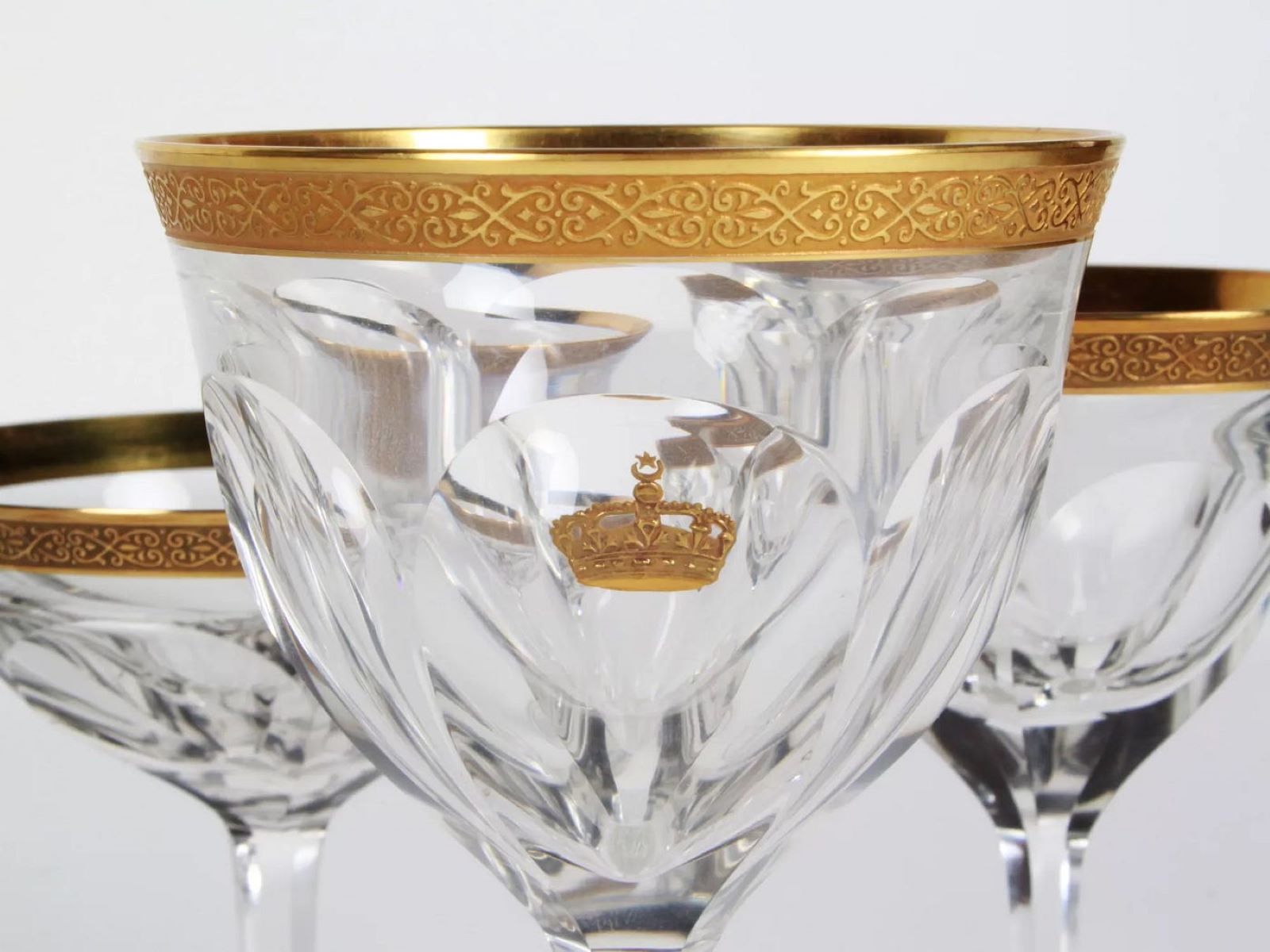

0 thoughts on “How To Identify A Falkenstein Lamp By Carl Falkenstein”